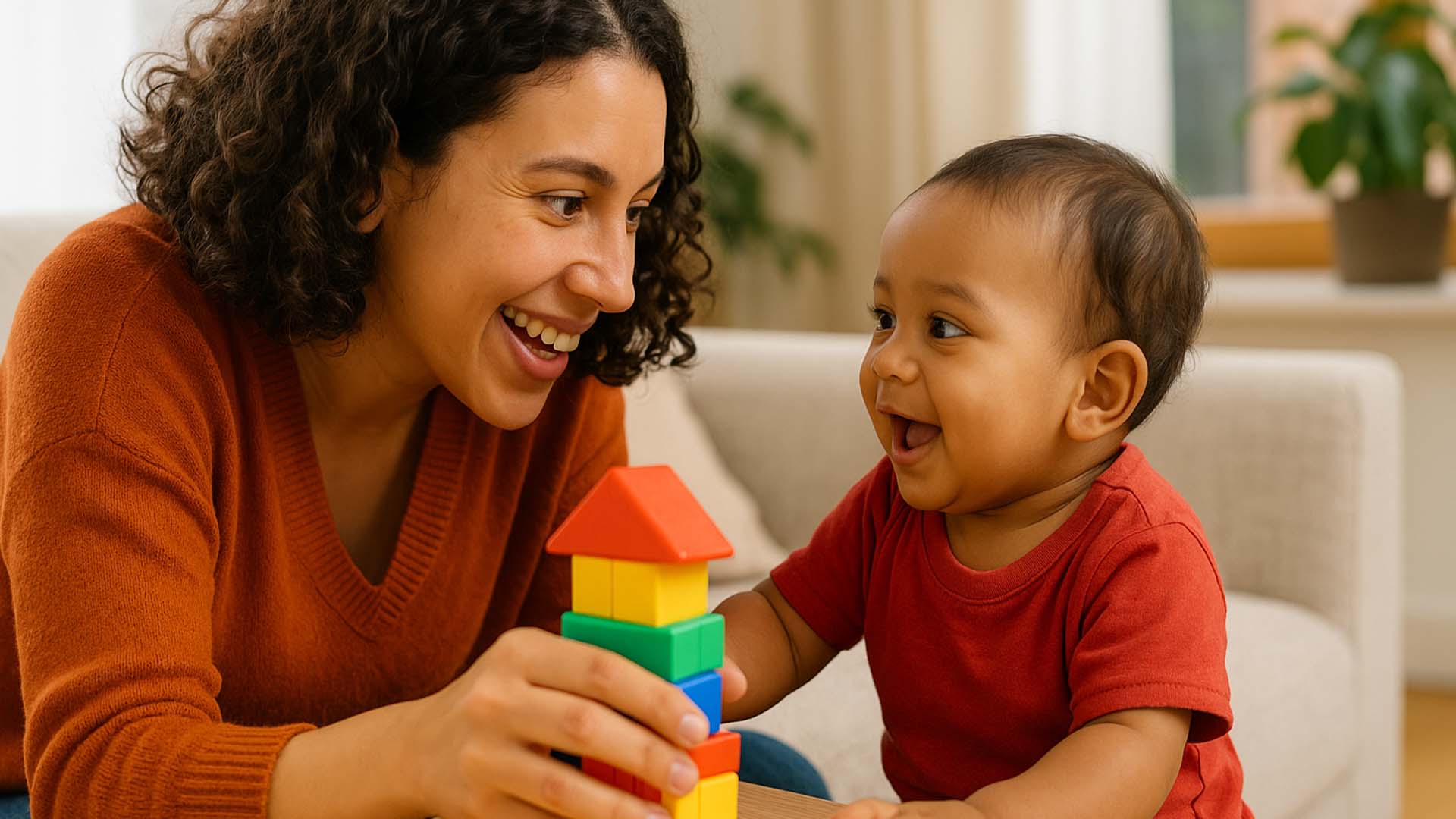The first few years of a child’s life are a period of incredible growth and development. From the moment they are born, their brains are rapidly forming connections that will lay the foundation for all future learning, behavior, and health. As a parent, you play a crucial role in shaping this development.
This article explores the science behind early brain development and offers practical ways to build a strong foundation for your child’s future.
The Architecture of the Brain
Think of a child’s brain as a house being built. The experiences they have in their early years are the building materials, and the interactions they have with their caregivers are the architects.
According to the Center on the Developing Child at Harvard University, brains are built over time, from the bottom up [1]. Simple neural connections form first, creating a foundation for more complex circuits to be built upon later.
This process is most rapid during the first few years of life, a critical period when the brain is most adaptable, a quality known as plasticity. While the brain continues to change and adapt throughout life, the connections formed in these early years are the most crucial.
The Power of “Serve and Return”
One of the most important ingredients for healthy brain development is the “serve and return” interaction between a child and their caregiver. This is the back-and-forth exchange that happens when a child “serves” by babbling, gesturing, or crying, and the caregiver “returns” by responding with eye contact, words, or a hug.
These seemingly simple interactions are essential for building the neural connections that support a wide range of skills, from language and literacy to social and emotional development.
As the Center on the Developing Child notes, “Reciprocal serve and return interactions are essential—without them, the brain’s architecture does not develop as expected, leading to long-term impacts on learning, behavior, and health” [1].
“Every time we connect with our children, we are teaching them how to be in a relationship. We are teaching them how to be human.” – Dr. Daniel J. Siegel, Clinical Professor of Psychiatry at the UCLA School of Medicine
Q&A
Q: What are some simple ways I can practice “serve and return” with my baby?
A: It’s as simple as being present and responsive.
- When your baby coos, coo back.
- When they point at something, look at it and talk about it.
- When they’re upset, comfort them. These small, everyday interactions are the building blocks of a healthy brain.
Q: I’m worried that I’m not doing enough to support my child’s brain development. What should I do?
A: The most important thing you can do is to provide a safe, loving, and responsive environment. You don’t need expensive toys or fancy classes. The simple, everyday moments you share with your child are what matter most.
Q: Where can I learn more about early childhood development?
A: There are many great resources available for parents. The Center on the Developing Child at Harvard University, the American Academy of Pediatrics, and Zero to Three are all excellent sources of information and support.
Sources
[1] Center on the Developing Child at Harvard University. (n.d.). Brain Architecture. https://developingchild.harvard.edu/key-concept/brain-architecture/








0 Comments